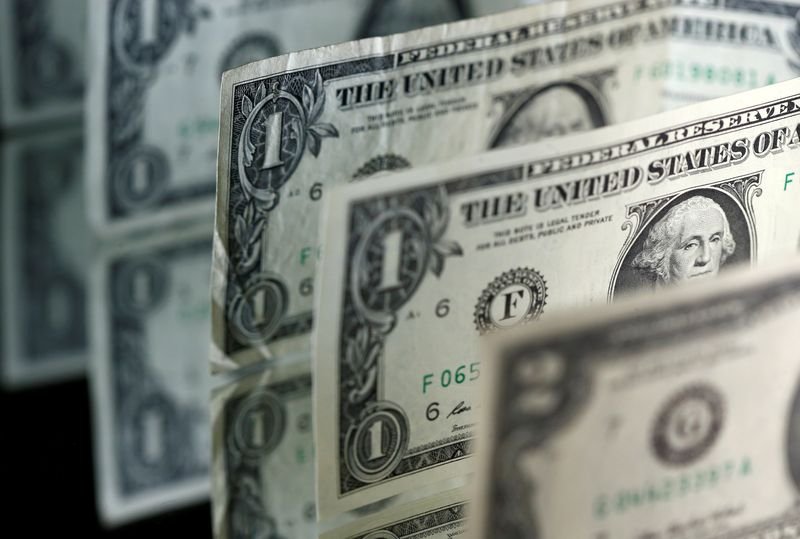US Dollar Declines Ahead of Trump’s Tariff Deadline
The financial landscape is shifting as the US dollar experiences a notable decline while investors brace for upcoming tariff deadlines under the Trump administration. This situation is causing significant ripples in both domestic and international markets, raising questions about the future of trade relations and the value of the American currency.
The Current State of the US Dollar
Recent fluctuations in the US dollar have raised eyebrows among economists and investors alike. This decline is primarily attributed to the uncertainty surrounding potential tariff implementations. As President Trump’s deadline for new tariffs approaches, market participants are actively reassessing their positions, resulting in heightened volatility.
The declining value of the dollar has implications not only for domestic interests but also for global trade dynamics. A weaker dollar can make US exports more competitive, potentially boosting the domestic economy. However, it can also lead to higher import costs, which may impact inflation and consumer spending.
Understanding Tariffs and Their Impact
Tariffs are essentially taxes imposed on imported goods, designed to encourage domestic production by making foreign products more expensive. While this approach may favor local manufacturers, it also introduces unpredictability into the market. Concerns over retaliatory measures from other countries further compound the situation, creating a complex web of potential consequences.
Investors are particularly alert to how these tariffs might affect various sectors. For instance, industries reliant on imported materials could see rising costs, which may eventually be passed on to consumers. On the flip side, domestic manufacturers could benefit from reduced competition, leading some analysts to predict a potential shift in the supply chain dynamics.
Market Reactions and Economic Indicators
In light of the impending tariff deadline, market reactions have been telling. The stock market typically reflects investor sentiment regarding future economic conditions. A bearish outlook can often correlate with a weakening currency. Consequently, as discussions around tariffs intensify, we may continue to witness this pattern in the coming weeks.
Moreover, economic indicators such as inflation rates, interest rates, and consumer confidence play vital roles in shaping the dollar’s strength. Analysts are closely monitoring these metrics, as they provide insights into the broader economic environment. A lack of positive signals in these areas could further pressure the dollar.
Global Trade Relations at a Crossroads
The current state of global trade relations is precarious, with many countries watching the US’s actions closely. The ripple effects of the Trump administration’s tariff decisions could influence negotiations beyond US borders. Countries that rely heavily on trade with the US may find themselves adjusting strategies in response to these developments.
Additionally, the reactions of partner nations could set the stage for future diplomatic and economic relationships. It remains to be seen how these countries will respond to any implemented tariffs and what long-term effects they might have on international trade agreements.
The Future of the US Dollar
As the deadline for tariffs approaches, many experts are attempting to forecast the future strength of the US dollar. Factors such as interest rate changes by the Federal Reserve and ongoing trade negotiations will undoubtedly contribute to its trajectory. A potential rate hike could bolster the dollar, while persistent trade tensions may continue to apply downward pressure.
Furthermore, investors may look for safe-haven assets as a hedge against volatility in the currency markets. Historically, during times of economic uncertainty, gold and other precious metals have attracted attention. This trend may continue as the specter of tariffs looms large over the economy.
Conclusion: A Period of Uncertainty
The current situation highlights a critical juncture for the US dollar and the broader economic framework. With the tariff deadline looming, the interconnections between tariffs, currency values, and global trade relations are becoming increasingly evident. Investors and stakeholders in all sectors must stay informed as developments unfold, keeping a close eye on how these dynamics play out in real time.
